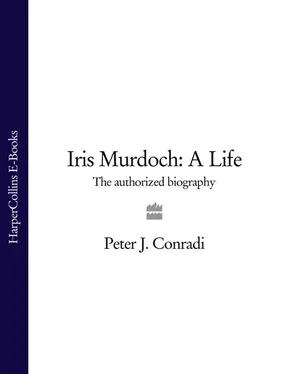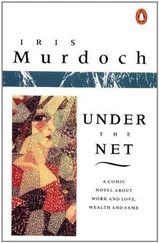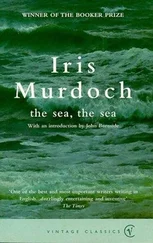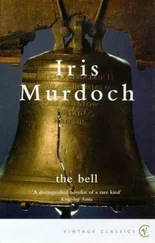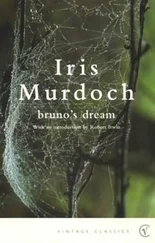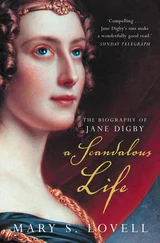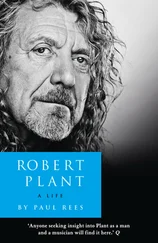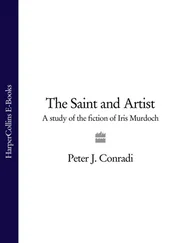When Hughes went to London at the age of sixteen in June 1906 to train for his civil service exam, first as a boy clerk at Scotland Yard then, later that year, with the Charity Commission, he, who is remembered as gentle, liberal, and free-thinking, was escaping from what his daughter Iris was to term the puritanism of his ‘black Protestant’ forebears. 13A letter from Hughes to his mother shortly after his arrival still evinces some fundamentalist piety, but perhaps the fleshpots of London helped wean him from it. This was a puritanism from which Iris claimed to have inherited something of value. Hughes would stay on friendly terms with both his sisters, and perhaps achieved this the more effectively by rationing their time together.
In 1908 he took his civil service exams, and in 1910 is shown certified as a ‘second Division Clerk’ with, in turn, the Local Government Board, the Home Office and the Treasury. In the four years running up to the outbreak of the First World War he worked at the ‘General Valuation Department (Ireland)’ in Dublin, staying with his Uncle Elias and his son Harold in Kingstown (later Dun Laoghaire), just outside the city, where they ran two ironmongers’ shops. 14From there it would have been a two-and-a-half-hour train journey to spend a weekend with his mother and sisters, 110 miles away in Belfast. Hughes swam in the so-called ‘Forty-Foot’, the natural pool ‘for gentlemen only’ by the Kingstown Martello Tower, both immortalised early on in Joyce’s Ulysses. Swimming there was his idea of bliss, and he always referred to it reverentially.
Photographs show him as a tall and attractive fair-haired man, with a self-contained air and a mild blue-eyed gaze that seems both retiring and contemplative, yet also ‘present’. The quality of quiet inwardness for which he is recalled, and which must have won him admirers, is visible too. The Murdoch family photograph album begins with cards from two girls, one strikingly beautiful, signed ‘With love from Daisy, October 1916’ and ‘To Hughes with love from Lillie, October 1917.’*
In January 1916, when mainland conscription started, there was none in Ireland, for fear of its political unpopularity. Hughes enlisted on 19 November 1915; 15the first photographs of him in his regimentals date from 1916. He was accustomed to farm life — 'He was very horsey,’ Iris remarked 16– which was why he entered a yeoman cavalry regiment, the First King Edward’s Horse, ‘The King’s Oversea [sic] Dominions Regiment’. Whether, like Andrew in The Red and the Green, also an officer in King Edward’s Horse, he did ‘bombing from horse-back’ – galloping in single file past German gun-emplacements and hurling Mills bombs into them – is not recorded. Generally, cavalry regiments were kept some distance from the front, and Iris later thought that this saved her father’s life.
Six months of Hughes’s war diary survive, starting at the end of 1916. The writing is spare and, even allowing for the fact that it is written ‘on the move’, the tone is notably impassive, without subjectivity. On New Year’s Eve 1916 he is laying four hundred yards of telephone wire, in full view of the German trenches at Miraumont, to connect the artillery observation post to that of his regiment. He and his fellows were soon under shellfire. All afternoon they heard the shells coming, and they would throw themselves flat on the ground until after each set of explosions. Shrapnel fell round them for some hours. When they had finished they ‘beat it back along the Hessian trench’ and rejoined their horses. The line they had laid that day was cut by shellfire almost at once, and had to be relaid in heavy rain five days later. Again Hughes’s party was spotted. A ‘whiz-bang’ dropped overhead about ten yards away, followed by a ‘perfect storm of shells round about’. They got safely away, but only just.
Hughes’s diary notes not merely the death of companions – on 22 March 1917 he writes: ‘Four B Sqn men were killed, and about 15 wounded’ – but also the casualties among horses, which he loved, and is remembered as having taken care of. Even at the front, his mother would proudly and wonderingly relate, he kept half his food for his horse. 17On 23 March 1917 he takes dispatches through the lines and is stopped ‘about four times by the French and ten times by the English patrols, each way’. On 8 April his Lieutenant-Colonel – one Lionel or ‘Jimmie’ James, author-to-be of a regimental history which Hughes purchased – wrote to Louisa that her son was ‘a most excellent and trustworthy British soldier’ of whom she should, like him, be proud.
After the post-Easter Rising executions in April 1916 Irish opinion turned against the British government, 18and King Edward’s Horse found difficulty recruiting subalterns in Dublin. On 11 May 1917 – during the Arras offensive, when 159,000 lives were lost in thirty-nine days – Corporal Murdoch was interviewed for a commission by Brigadier-General Darell at Nesle, and two weeks later left Peronne, on the Somme, for Dublin and then Lisburn. The journey home took one full week. He was gazetted Second Lieutenant 19on 22 February 1918. 20
Musing about these diaries after they came to light in 1987, 21Iris pondered various matters. One was that ‘when (31.12.1916) my father wrote in his notebook, “All the afternoon shrapnel was dropping all around …” ‘, Wittgenstein, perhaps in similar circumstances, but fighting on the other side, might well have been making notes for the Tractatus. Even their ages – one born April 1889, the other April 1890 – were ‘practically the same’. She sadly notes that after the war Hughes ‘never saw a horse again, except the milkman’s horse’. 22He enjoyed betting on them, however, like his father, and ‘surprisingly, being Irish, did it quite well’. 23
In the last months of the war Hughes was on leave from his regiment, which was stationed at the Curragh. One Sunday in Dublin, probably in uniform, 24he met Irene Richardson in a tram, en route for the Black Church on the corner of Mountjoy Street and St Mary’s Place, where she sang in the choir. 25They fell in love. Irene was dark, petite, very beautiful and spirited. Dublin is a great singing city, and ‘Rene’ 26(rhyming with ‘teeny') as she was always known had a beautiful voice. She was training as a singer, and had already started performing at amateur concerts. She sang the standard operatic arias, and was particularly fond of ‘One Fine Day’ from Madama Butterfly. Its story of an innocent girl made pregnant then abandoned by the sailor she loves perhaps distantly echoes her own, happier story.
Hughes and Rene were married in Dublin on 7 December 1918 – a photo shows Hughes in full-dress uniform. Rene’s sister Gertie (later Bell) was a witness. On the wedding certificate Hughes gives his army rank, second lieutenant, under ‘profession’, and his address as ‘Marlborough Barracks’. Jean Iris Murdoch was born on 15 July, St Swithin’s Day, the following year, just over seven months later. The marriage was probably therefore hasty. 27Even in October 1918, when Iris would have been conceived, an early end to the war was not certain. Her character Andrew Chase-White in The Red and the Green, born, like Hughes, in a colony and serving, like Hughes, as a young officer in King Edward’s Horse, feels some pressure from relatives to marry and make his wife pregnant before he has to go to the front and a likely death. Arthur Green’s hypothesis that Hughes might have felt he had a comparable duty to perform before his marriage seems unlikely. Iris was probably a happy accident.
The extended Murdoch family comes out as a very intelligent, middle-class organism, stuffed with independent minds, a model example of Protestant and British Ireland. One group stems from the Brethren and has strong dental and medical associations; the stepson of one of Iris’s aunts was a Unionist politician, while a second cousin lectured in philosophy at Queen’s University. 28Uncle Elias, a Presbyterian married to a Quaker,* and Harold, a Quaker, ran the two well-known ironmongers’ stores at Dun Laoghaire; another cousin, Brian Murdoch, also a Quaker, became Professor of Mathematics at Trinity College, Dublin. 29Cousin Sybil also married a Quaker in Reggie Livingston; and some Richardsons are Quakers. There are today a mere 1,500 Quakers in the whole of Ireland, and if the frequency with which Quakerism turns up in Iris’s fiction invites comment,† it is also disproportionately reflected in Irish history, being particularly prominent in famine relief, big business and education. 30If Iris was herself touched by Quakerism’s emphasis on integrity, quietness and peace, its belief in the availability of Inner Light to all, that all are capable of growing in wisdom and understanding, it is as likely to be from her headmistress at Badminton School as from her Irish relations that the influence came.
Читать дальше
